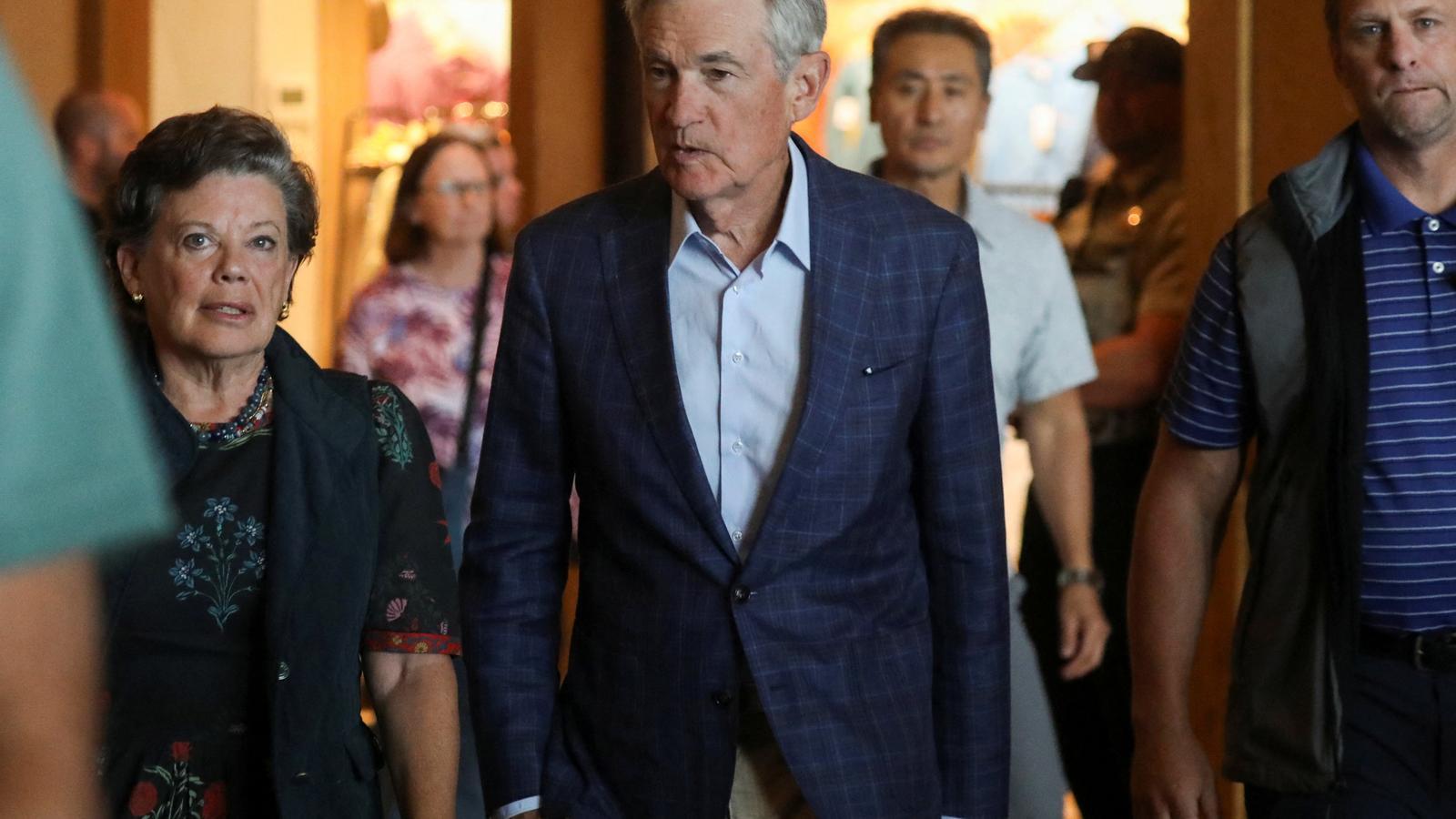Powell tentatively opens up to rate cuts amid Trump's pressure
The Fed chairman says the economy "could justify" cuts, but doesn't give a date.


WashingtonThe chairman of the Federal Reserve (Fed, the US central bank), Jerome Powell, is keeping a cool head amid Donald Trump's campaign to lower interest rates. At the central bank's conference in Jackson Hole, Wyoming, Powell said Friday that the economy "could justify" interest rate cuts in the future, but did not say when. The economist also warned that tariffs and the US president's deportation campaign threaten to trigger inflation, which is already around 2.7%.
"The balance of risks appears to be shifting," Powell explained, defining it as "a curious kind of balance resulting from a marked slowdown in both the supply and demand for workers." "Monetary policy does not follow a predetermined course. FOMC members will make these decisions solely based on their assessment of the data and their implications for the economic outlook and the balance of risks. We never deviate from this approach," he explained, tentatively opening the door to lowering rates. The Fed's next meeting is in early September, and after more than half a year with the rate frozen at around 4.25%, there are more expectations than ever about how the bank will act. Markets reacted with gains immediately after the president's remarks.
The Fed chairman is in a delicate position because, above all, he must ensure that his decisions are made independently and are not the result of political pressure. There is a risk that the US central bank will cease to be a global economic reference.
Following the interest rate cuts at the end of 2024, the Fed has kept the rate frozen since Trump returned to the White House. The tycoon's unpredictability and his constant twists on trade have led the US central bank to opt for caution. "This year, the economy has faced new challenges. Significantly higher tariffs between our trading partners are transforming the global trading system. A stricter immigration policy has led to an abrupt slowdown in labor force growth," Powell explained at the conference during his presentation. "These challenges will have considerable lasting impacts on the economy," he added.
But the central bank's cautious approach doesn't please the president, who hasn't stopped attacking Powell and has even threatened to fire him. What he hasn't dared to do yet with the Fed chairman, he did with the director of the Bureau of Labor Statistics after the July employment data was published and was lower than expected. The weak figure didn't fit with the Republican's narrative of a prosperous economy, so he opted to take the maxim of not letting reality spoil a good headline to the extreme. To further ensure that reality would now fit his narrative, he appointed an economist from the Heritage Foundation, think tank who is behind Project 2025, which guides the president's agenda.
Trump's offensive
Trump isn't just trying to change the Fed's monetary policy with threats. He's also starting to appoint his own men to the board of governors. Following Adriana Kugler's abrupt resignation, the president nominated Stephen Miran, the chairman of the White House Council of Economic Advisers, for the position. Miran is known for being a strong supporter of the magnate's tariff policies. Also on the horizon is the future of the Fed chairmanship. Powell's term expires at the end of May 2026, and when the time comes, the president could pull strings to place his nominee. The process for selecting a new Fed chairman is the same as for governors: the US president nominates a candidate, and the Senate must ratify him for a four-year term.
